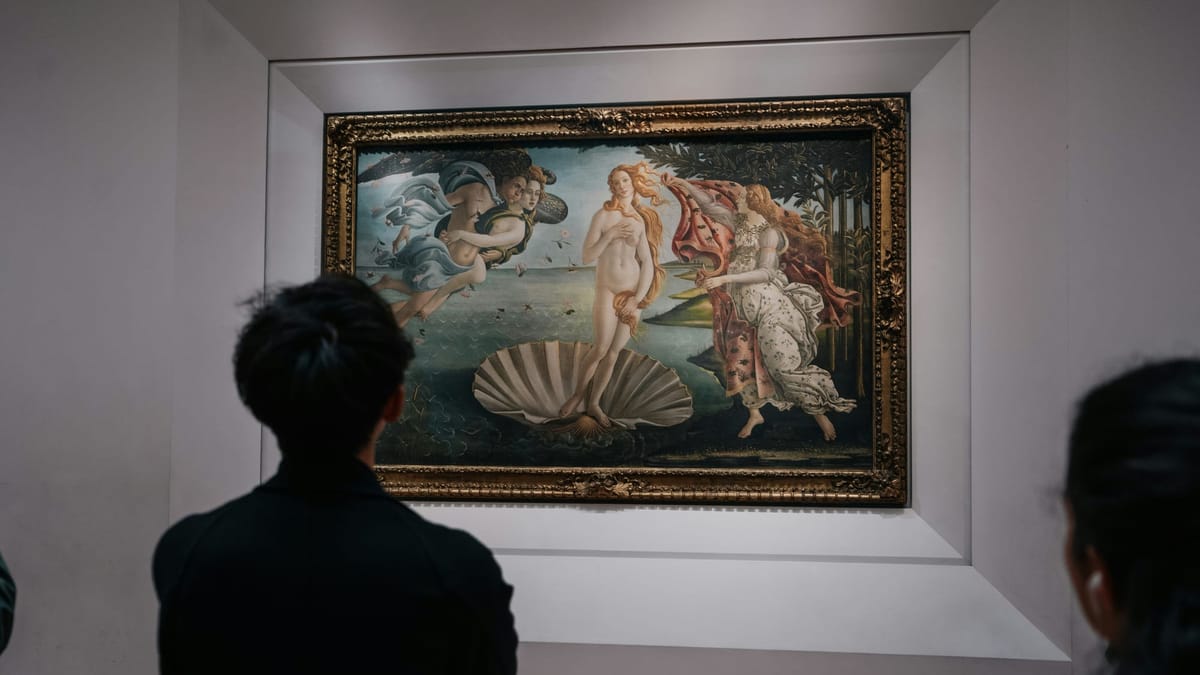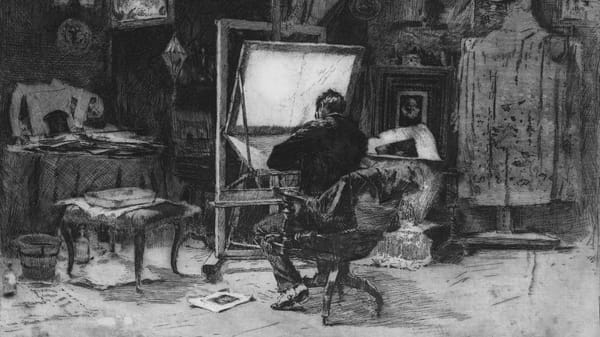Stendhal Syndrome – When Beauty Becomes Too Much
Stendhal Syndrome is a rare reaction to overwhelming beauty, first described in Florence, where art and emotion meet with such force that the human mind begins to break.

When beauty became too much to bear, and hearts began to collapse beneath it.
Florence, the city of art. In its narrow streets, every step leads toward something that has existed for centuries, frescoes in churches, halls of palaces, masterpieces that people have traveled from every corner of the world to see.
But beauty does not always uplift. Sometimes it crushes.
For decades there have been reports of visitors and art lovers being hospitalized after seeing too much, too quickly: heart palpitations, hallucinations, fainting, even psychotic reactions. Beauty so intense that the human mind cannot bear it.
This is called Stendhal Syndrome.
A Name Born from Literature
Stendhal, whose real name was Marie-Henri Beyle, was a French writer and a passionate traveler. In 1817 he entered Florence, into the Church of Santa Croce, and encountered what he would later describe as the most powerful experience of his life.
He wrote in his diary:
“I had reached the point where the divine sensations of art met the divine sensations of heaven. I felt my heart beating rapidly, life seemed to drain from me. I feared I would fall to the ground and disappear into eternity.”
It was not merely poetic exaggeration. Stendhal described precise physical symptoms: dizziness, shortness of breath, weakness. He staggered across the church floor, unable to endure what his eyes saw and what his heart could no longer carry.
Only decades later did psychiatrists give this experience a name. They decided it would bear his own, Stendhal Syndrome — a state where beauty no longer comforts but becomes dangerous.
Florence, the Center of Symptoms
Florence is a pilgrimage site for art. In its museums — the Uffizi, Palazzo Pitti, the churches of Santa Croce and Santa Maria Novella — every room is filled with masterpieces that for many are the highlight of a lifetime. But here, again and again, beauty has become a burden.
Medical reports describe how visitors have fainted before Botticelli’s Birth of Venus, suffered heart palpitations before Michelangelo’s drawings, and experienced hallucinations among the light and shadows of Caravaggio.
In the 1970s, Italian psychiatrist Graziella Magherini documented dozens of such cases in Florentine hospitals. Patients reported hearing voices, seeing visions, and feeling an overwhelming urge to pray or cry out. One had a heart attack, another a psychotic episode, a third lost memory for several hours.
Museum staff learned to recognize the signs, a wandering gaze, pale face, trembling hands, and sometimes, without warning, a collapse onto the marble floor, as if the artwork had drained their life away.
The Psyche and the Unbearable Weight of Beauty
Why can beauty make us ill? Psychologists describe Stendhal Syndrome as emotional overload. When history, religion and art intertwine, the most sensitive minds experience it like an electric current. What is beautiful to one may be a tidal wave to another.
Graziella Magherini observed that most cases were travelers — people who had prepared themselves to see “the art of their lives.” They expected transcendence. But when they finally stood before the masterpiece, their minds could not withstand it.
The symptoms were not mere dizziness. Some began to hear sounds that did not exist, angelic choirs or distant bells. Others claimed to see figures moving within the paintings. One woman wept uncontrollably before Botticelli’s Venus, convinced the goddess had turned her gaze directly upon her.
Beauty that was meant to uplift became overwhelming. It became a curse that could not be escaped.
Beauty or Curse
Stendhal Syndrome is rare, but it is real. Florence is its heart, and the city’s doctors know it better than anyone. They are accustomed to treating tourists who have collapsed before masterpieces — some fainting, some disoriented, some wired to heart monitors.
Museum guides now know to warn visitors, “Stop. Breathe. Look only a little at a time.”
But warnings are not always enough. Beauty can be stronger than any medicine. It can break the mind, drive one to tears, to collapse, even to believe they have met God — or death.
Perhaps that is why Florence is not only the city of art.
It is also the place where beauty is not only beauty, but a trial, and in the worst of cases… a fatal one.
Article by Mimo Warto
© ART Walkway 2025. All Rights Reserved.





